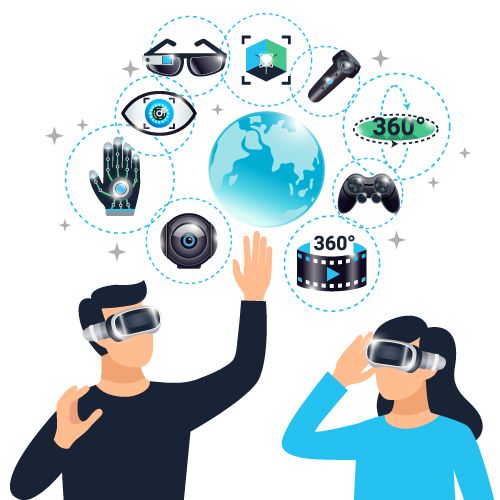The Difference Between Virtual Reality and Augmented Reality

The Difference Between Virtual Reality and Augmented Reality
By Abbah Christy
Virtual Reality (VR) and Augmented Reality (AR) are technologies that offer immersive experiences, yet they vary in their interaction with the physical world. VR fully immerses users in a fictional environment, whereas AR adds digital components to the real world, layering them over actual surroundings.
Virtual Reality (VR)
VR generates a simulated space that takes the place of the user’s real-world environment. Users generally don a headset and may also employ controllers to engage with this virtual realm.
Illustrations:
VR headsets such as the Oculus Rift, HTC Vive, and PlayStation VR fully engage users in gaming, simulations, and virtual adventures.
Main Attributes:
VR provides a 360-degree perspective, handheld controllers for engagement, and an integrated display within the headset.
Augmented Reality (AR)
AR superimposes digital data and objects on the real world, augmenting the user’s awareness of their environment.
Illustrations:
AR examples include applications like Pokémon Go, filters on Snapchat, and IKEA’s AR application that enables users to visualize furniture placements in their homes.
Main Attributes:
AR can be utilized on devices like smartphones, tablets, or AR headsets, and it does not entirely substitute the real world.
Conclusion:
VR constructs a new, simulated realm, while AR enriches the current reality. VR usually necessitates specialized hardware such as headsets, whereas AR can be accessed via devices that most individuals already possess, like smartphones.









